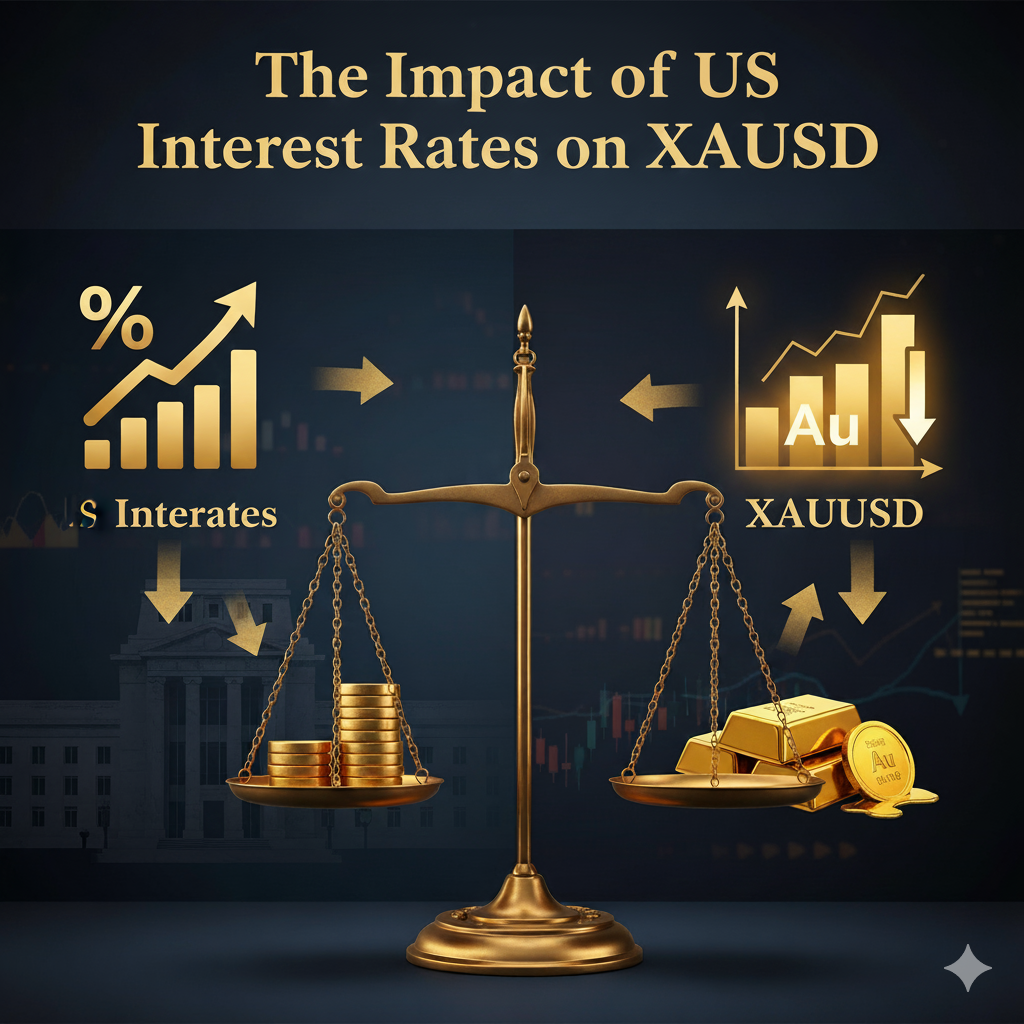Last Updated on March 12, 2025 by Deon
SCHD Schwab U.S. Dividend Equity ETF has gained immense popularity among investors seeking dividend income and long-term capital appreciation but its worth for success depends on your specific goals, risk tolerance, and time range. In this analysis, you will find benefits and drawbacks associated with using it for various trading strategies.
Understand SCHD’s Principal Strategies
The SCHD track’s investment performance targets companies from the Dow Jones U.S. Dividend 100 Index that consistently distribute dividends to investors. Capital investors who focus on long-term results find this solution highly appealing. However, its focus can limit certain trading styles that require high volatility or rapid price movements.
SCHD Applicability in Different Trading Approaches
Position Trading
Position traders with longer time ranges, i.e. months to years can make use of it as part of an investment portfolio to provide steady dividend payments while potentially capital appreciation through high-quality stocks. Position traders could utilize it as the sphere around which other investments may be built.
Swing Trading
Swing traders desiring short-term momentum trades may find SCHD less alluring. Its price may fluctuate but tends to exhibit lower volatility than individual stocks or ETFs in growth sectors, making it an unattractive possibility for short-term momentum moves.
Day Trading
Investors seeking quick profits during one trading day likely won’t find it suitable, since its price movements do not generally move significantly enough. High volatility and liquidity are essential components for day traders’ success. Unfortunately, it tends to lack such dramatic intraday price swings that attract day traders.
Options Trading
Options traders may find some use in SCHD. Its lower volatility may limit potential gains but covered calls or cash-secured puts can still provide income or help mitigate downside risk even with such an asset.

Liquidity and Trading Volume
SCHD is an extremely liquid ETF, making buying and selling shares simple for traders of different styles. While actively traded, its volume does not match up to some high-growth ETFs which could pose challenges when engaging in frequent high-volume trades.
Reinvesting Dividends and Compounding the Investment Returns
While not directly tied to active trading, SCHD’s dividend payments may be reinvested to purchase additional shares. They provide compound interest over time and benefit traders with longer holding periods looking to maximize total returns. This feature may especially prove advantageous.
Consider Multiple Leading Elements Before Investing in SCHD
SCHDs provide dividend income through long-term investments while attaining stable growth. Position trading strategies can effectively employ exchange-traded funds. However, their stable volatility disadvantages them from swing and day trading short-term approaches. Investors who want to purchase SCHD should analyze investment goals, risk limits, time frame, and management plan to determine long-lasting victory.




